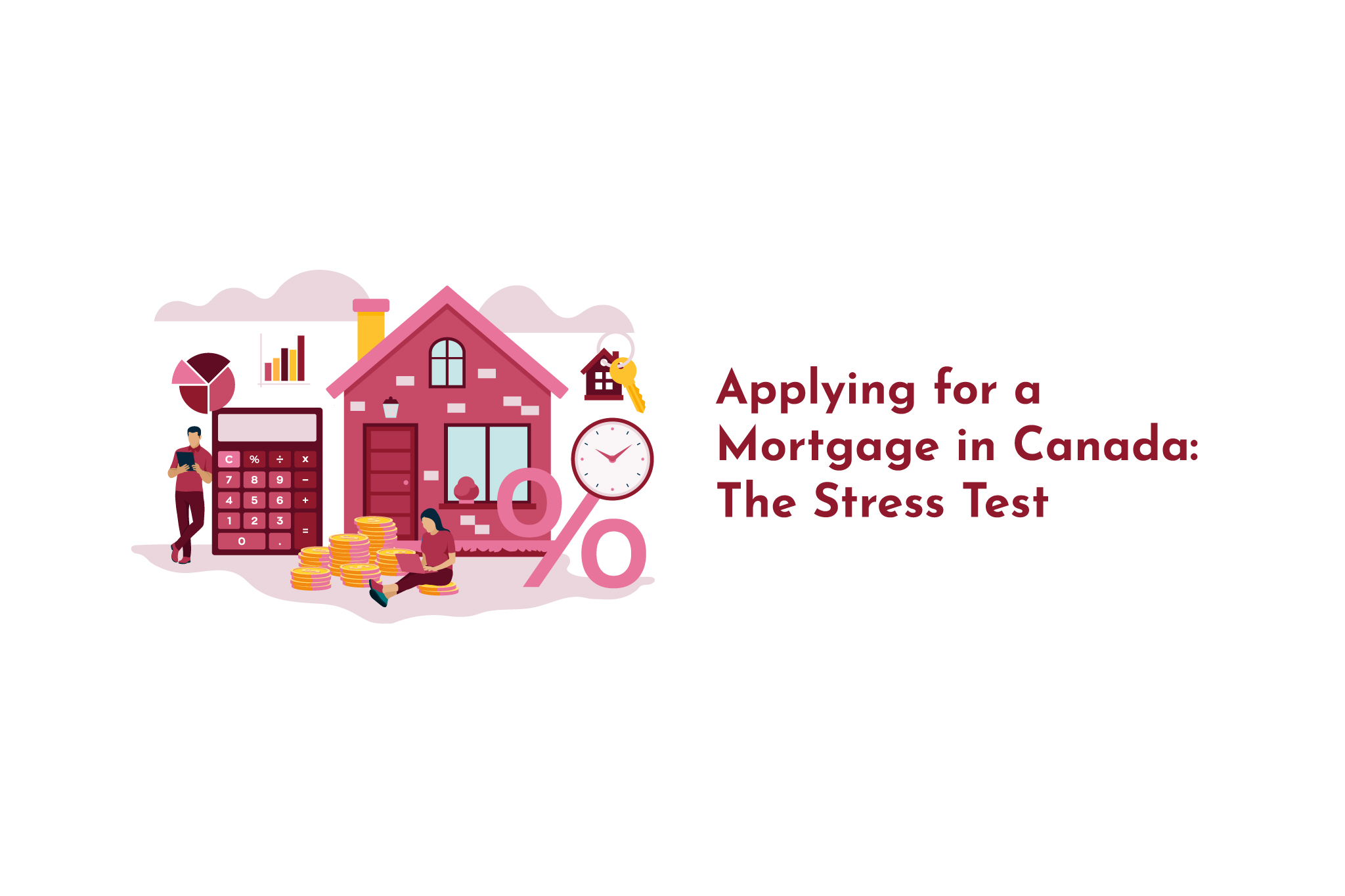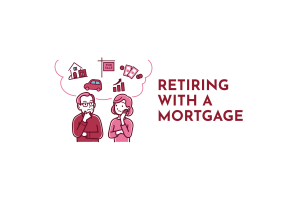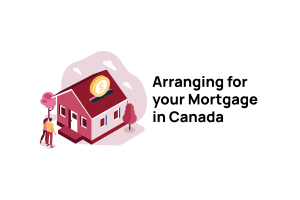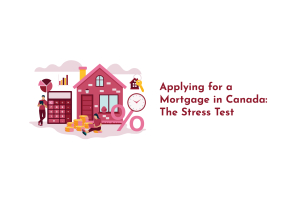Home ownership has long been a goal of many Canadians. People have dreamt of white picket fences, their families playing in the yard and generally enjoying their life in their dream homes. Here’s the thing that you don’t think about when you are daydreaming about owning a home in the future. The process of getting to home ownership is nerve-wracking. From the time you start to look for a new house until the time you move in, you need to think about and coordinate so many things. This includes finding the location that you want, negotiating the best price for yourself, then plan out how you are going to move your stuff (writers aside: your friends will offer to help you move, but they also desperately want you to tell them that you have hired movers so they don’t have to make good on their offer and put their backs out carrying your boxes of university text books you haven’t looked at in 20 years), you still need to figure out utilities and taxes and mailing address changes etc. All this needs to be done along with one super important thing that hasn’t been mentioned yet. You need to arrange financing! With so many things to do, the step of arranging your financing is often viewed as one of the most onerous parts of the whole process. Dealing with the right mortgage brokers (another aside, I’ve said it before and I’ll say it again, not a bank, say it with me, I will get my mortgage arranged through a mortgage broker!) can make your life smoother at this time. An experienced mortgage broker can work you through the process in the smoothest way possible. To add to the whole situation, the Canadian Government has added something called the Stress Test to your mortgage application. A great name for a test that added to an already stressful time for people trying to buy a home. Let’s look at why the test exists, what it is and how it works.
A little bit of Jargon
You will often hear mortgage brokers talking about an applicant’s ratios. There are two important numbers that you need to know about when it comes to applying for a mortgage.
- Firstly, your gross debt service ratio (GDS). This is the amount of your pre-tax income that would be required to pay your housing costs (mortgage, utilities, and property taxes). Lenders want this below 39%
- Secondly, your total debt service ratio (TDS). This includes all your personal debt obligations (mortgage, car loans, lines of credit, credit cards etc.) and lenders want this number to be below 44%.
Understanding these two ratios is important as you will see. The stress test requires that you use amounts higher than your actual mortgage payment will be to qualify for the loan.
In This Article:
- Why does the Stress Test Exist?
- How does the Stress Test Work?
- The End Result of the Stress Test
- Conclusion
Why does the Stress Test Exist?
In 2018 the stress test was introduced for buyers who were looking to purchase a home with a down payment of less than 20%. The test was introduced because the government saw two factors that, when combined, gave them reason to worry about the future. As home prices rose steadily, Canada was in a period of prolonged, historically low interest rates. At the same time, many people were living well beyond their means with debt loads that well exceeded their annual income. The government saw the beginning stages of a problem that could arise in the future and wanted to head it off. With low interest rates, it made it possible for many people to qualify for mortgage principal amounts that were quite high. This was because their ability to qualify for the mortgage was based on the amount of their monthly payment. While interest rates were low, this amount was relatively low as well. It was understood that interest rates would eventually rise again in the future and, because of this, when mortgage renewals came up, there was concern over people being able to make their monthly payments at new, higher interest rates. The government wanted to create a test that increased the confidence that even if interest rates went up, people would still be able to make their monthly payments. This is where the stress test was born. It was a way to try and ensure that a homeowner could handle an increase in their payment that would accompany the inevitable increase in interest rates.
How does the Stress Test Work?
Remember, the stress was created during a period of time when interest rates had been very low for a long time. To qualify for a mortgage using the stress test you have to be able to qualify using a theoretical payment amount that is higher than the actual payment you would be making. The test basically disregards what your actual interest rate is and makes you qualify for the mortgage using a payment calculated with an interest rate that is the greater of
- The rate your mortgage provider offers plus 2%
- 5.25%
For example, if in 2021 you had wanted a mortgage of $400,000 and the interest rate for that from the lender was 1.78% your actual monthly payment was about $1,650. The stress test made you qualify using 5.25% interest and the amount of the payment would have been $2,385. So, even though your actual monthly payment is $1,650 your debt servicing ratios all need to line up when the amount of $2,385 is entered. If these ratios are off using that higher payment amount, you can’t qualify for the mortgage. This means that you may need to reconsider how much you are capable of spending on a home. The example of 2021 was when you would have been required to stress test at 5.25% because it was the higher of the amounts. Currently in 2023 after rates have risen, we see the stress test requiring people to qualify for fixed-rate mortgages with an interest rate more than 8%.
The End Result of the Stress Test
Since the onset of the stress test, we have seen a few things come to the forefront. One of the effects of the test is that at times, the choice between a fixed or variable rate mortgage is taken out of the hands of the applicant. With variable rate mortgages typically having a lower interest rate than a fixed rate mortgage, you may find yourself in a situation where you can pass the stress test for a variable rate only. This is because when the 2% is added to the rate, the lower starting point for the variable rate mortgages allows more wiggle room for the debt ratios. If you weren’t sure on choosing a fixed or variable rate as your final landing spot, but you can only pass the test with a variable rate mortgage, the choice is made for you. It has also created a situation where applicants are forced to do things like paying down their debts to make your TDS more attractive, deciding to spend lower amounts on your home, or potentially needing a co-signer to qualify for the loan. The other thing that the stress test may have done is increased the use of alternative or private lenders. The stress test only applies to federally regulated lenders. This means that private lenders aren’t required to run the stress test because they fall outside of the federal regulations. Credit Unions can also avoid the stress test if your down-payment exceeds 20% (credit unions are provincially regulated). At the time of this blog post, people actually qualify for more using a fixed rate mortgage compared to a variable rate.
Conclusion
The term stress test often evokes the image of a test where they put you on a treadmill, run you ragged and then see how your heart reacts. For many people at the end of their home buying process they may feel like they’ve been through one of these tests. Maybe they could have called it the ‘Super Fun Mortgage Qualifier 3000 Test’. At least that way the name wouldn’t add to what many people find to be one of the more stressful activities that you will take part in as an adult. Aside from that, understanding how the test works and how it affects your ability to purchase a home is essential for planning your path to home ownership. Working with experienced mortgage brokers like the team at Strata Mortgages will be an invaluable tool in this process. Having an experienced guide through this process will help you limit the stress and make your mortgage application run smoothly, reach out to us today.







